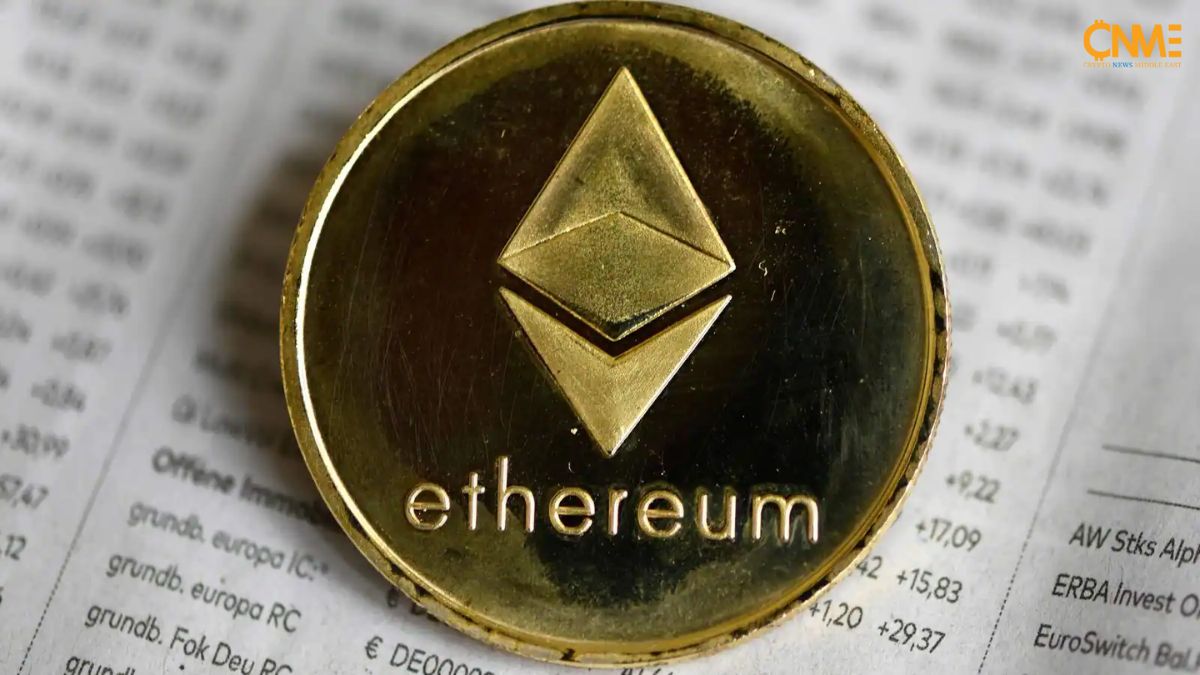The Ethereum merge has been said to be, without hyperbole, the most significant update in the history of the Ethereum blockchain. The Merge involves the fusion of the leading and more widely used Ethereum blockchain with the Beacon chain system. The direct implication is that the Ethereum blockchain would now be powered and secured by a Proof-of-Stake system instead of a Proof-of-Work system.
The significance of this move is not lost on anyone. After environmentalists have constantly berated crypto on the grounds of its enormous energy consumption, the Merge is a welcome development as, according to the Ethereum network, the Merge will cut the Ethereum blockchain’s energy consumption by 99.95%. The Merge will also make transactions on the chain more efficient and secure, building more trust in the system. The more significant question, though, is concerned with how the Merge will impact decentralized financial services.
Also Read; All you Need to Know about Ethereum 2.0
Table of Contents
ToggleThe Merge and DeFi
While the impact of the Merge on the central Ethereum infrastructure can be directly seen and measured, the question of how it will affect the layer of applications built over it(of which Decentralized financial services are a part) is not as clear. Thus, opinions in the crypto ecosystem vary, and this is what makes for an exciting discussion. But for now, here are the primary ways the Merge is expected to affect DeFi.
1. Liquid Staking Protocols
Since the Merge will result in a shift in how transactions are verified(that is, from verification via the efforts of miners to proof via the actions of staking), the yield-like characteristics of Ethereum have been significantly enhanced.
As a result of the infrastructure redesign, there will be a substantial reallocation of fees, previously going to miners, now flowing to validators via staking. This development is expected to cause the APR on staking to increase to at least 7%. Thus the Merge will enhance the opportunity to risk and earn a significant yield on your Eth holdings via liquid staking protocols.
2. Ether as a Reserve Asset
Due to the transition from proof-of-work to proof-of-stake, many Eth that flowed to miners will be reallocated. This means that the Merge will bring about a drastic reduction in Eth issuance per day. Before the Merge, the ETH issuance rate was 13,000 eth per day for mining and 1,600 Eth per day for staking. Post-merge, the traditional mining issuance will be eliminated.
The implications for this are interesting. Since ETH is the largest non-stablecoin asset for balancing transactions on a DEX like Uniswap and the most significant investment for backing collateral on Maker, the reduction of the supply of ETH will lead to the expansion of collateral value for the minting of DAI on Maker.
Conclusion
There are optimistic and pessimistic opinions about the Ethereum merger and its impact on various parts of the ecosystem. For DeFi, the infrastructure laid down by the Merge will allow for greater user earnings and security. This will attract more large-scale investors and credibility to the system. But only time will indeed reveal the full extent of the Merge and the transformation it will bring to DeFi.











